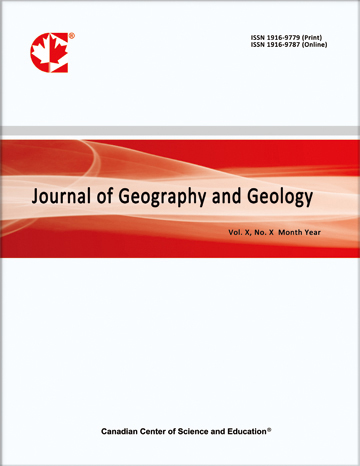Appalachian Great Valley Headward Erosion through the Lake Champlain Valley and its Implications for New England Icesheet Stagnation, New York and Vermont, USA and Quebec, Canada
- Eric Clausen
Abstract
Topographic map drainage system and erosional landform evidence is interpreted from a new geology and glacial history paradigm’s perspective and suggests headward erosion of the Appalachian Great Valley (Great Valley) through the Lake Champlain valley caused New England icesheet stagnation. The new paradigm interprets through valleys (including the Great Valley) now crossing the Lake Champlain-Hudson River drainage divide to have been eroded by huge and prolonged meltwater floods which flowed across the rising rim of an icesheet created and occupied deep “hole.” East of the Great Valley the floodwaters flowed southward across a rising Green Mountain region from the Lake Champlain area toward the Housatonic River valley until Batten Kill valley headward erosion from the actively eroding Great Valley captured that flow. Next Great Valley headward erosion into the Lake Champlain valley beheaded and reversed south-oriented floodwaters moving to Batten Kill on the now north-oriented Mettawee River and Otter Creek alignments. West of the Great Valley the floodwaters flowed in a southwest direction from the Lake Champlain area across a rising Adirondack Mountain region and into today’s northeast Susquehanna River drainage basin area until Great Valley headward erosion enabled Mohawk River valley headward erosion to capture that flow which headward erosion of the southeast-oriented Hudson River headwaters valley next captured. Subsequently Great Valley headward erosion through what is now the Lake Champlain valley beheaded and reversed southwest oriented flood flow routes to create northeast-oriented Lake Champlain tributaries such as the Ausable River. A thought experiment then demonstrates how during a thick continental icesheet’s decay ice-walled canyons carved by immense supraglacial meltwater rivers converged to the north of the Lake Champlain area and led to Saint Lawrence River formation and to New England icesheet stagnation.
- Full Text:
 PDF
PDF
- DOI:10.5539/jgg.v17n2p49
Journal Metrics
(The data was calculated based on Google Scholar Citations)
Google-based Impact Factor (2018): 11.90
h-index (January 2018): 17
i10-index (January 2018): 36
h5-index (January 2018): 13
h5-median(January 2018): 15
Index
- BASE (Bielefeld Academic Search Engine)
- Bibliography and Index of Geology
- CiteFactor
- CNKI Scholar
- Educational Research Abstracts
- Excellence in Research for Australia (ERA)
- GeoRef
- Google Scholar
- LOCKSS
- NewJour
- Norwegian Centre for Research Data (NSD)
- Open J-Gate
- PKP Open Archives Harvester
- SHERPA/RoMEO
- Standard Periodical Directory
- Ulrich's
- Universe Digital Library
- WorldCat
Contact
- Lesley LuoEditorial Assistant
- jgg@ccsenet.org
